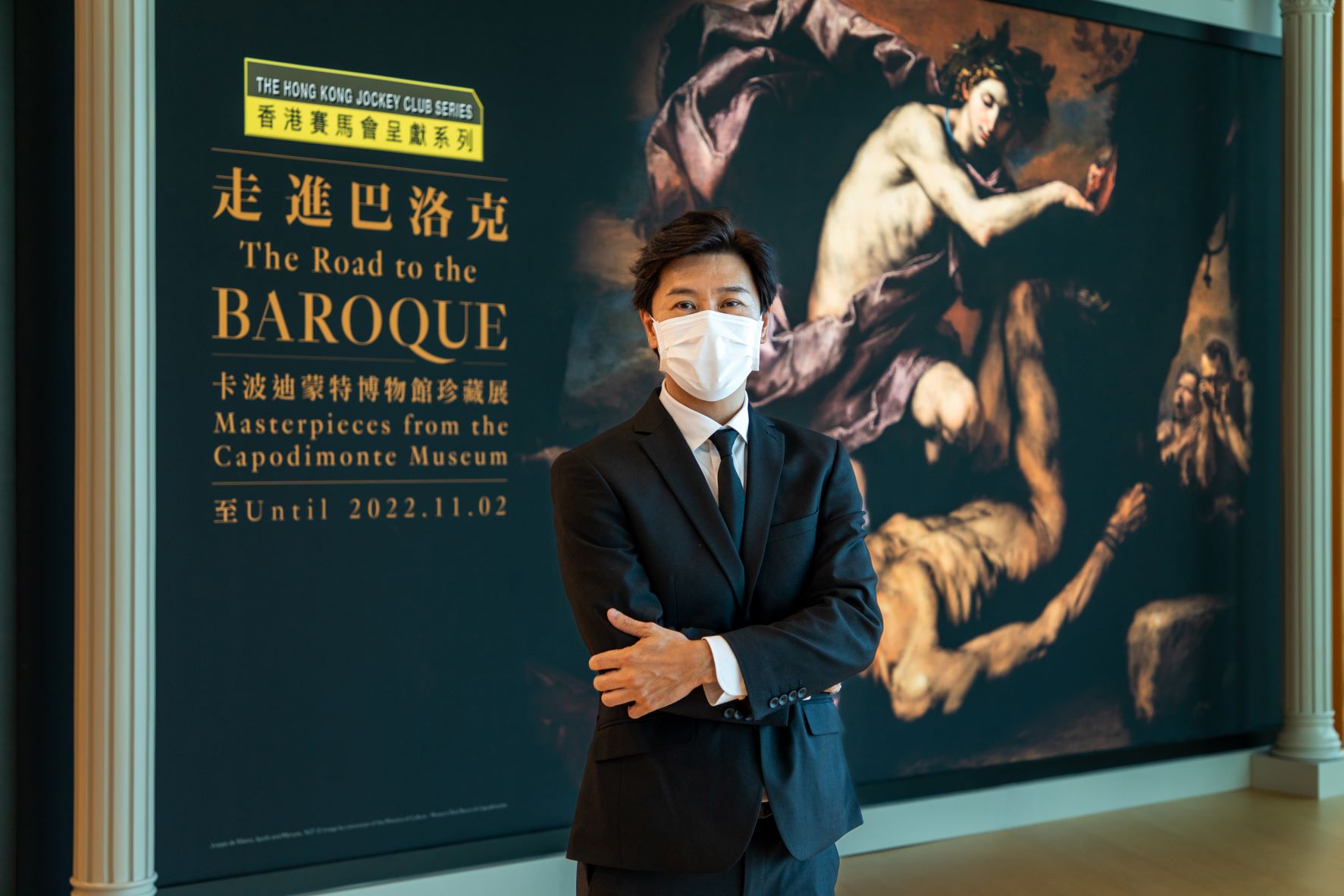Discover HKBU
Art and music intertwine in Baroque exhibition
7 Oct 2022
While shielding the candlelight, Judith, a biblical figure, looks tensely for any sign of an intruder, moments after she has just slain Holofernes, her people’s enemy. Her handmaid, Abra, kneels beside her and wraps the general’s head in a cloth, preparing to take it back to the Israelites.
Viewers of the painting Judith and Her Maidservant Abra with the Head of Holofernes by the Italian Baroque artist Artemisia Gentileschi are drawn to how the contrast of light and dark heightens the drama of the scene.
This artwork is one of the 40 valuable late Renaissance and Baroque masterpieces featured in the exhibition “The Hong Kong Jockey Club Series: The Road to the Baroque – Masterpieces from the Capodimonte Museum” at the Hong Kong Museum of Art (HKMoA). To complement the exhibition, Professor Johnny Poon, Associate Vice-President (Interdisciplinary Research) and Founding Dean of the School of Creative Arts at HKBU, has curated a programme of Baroque music and soundscapes for selected paintings, which helps connect visitors with the Baroque era.
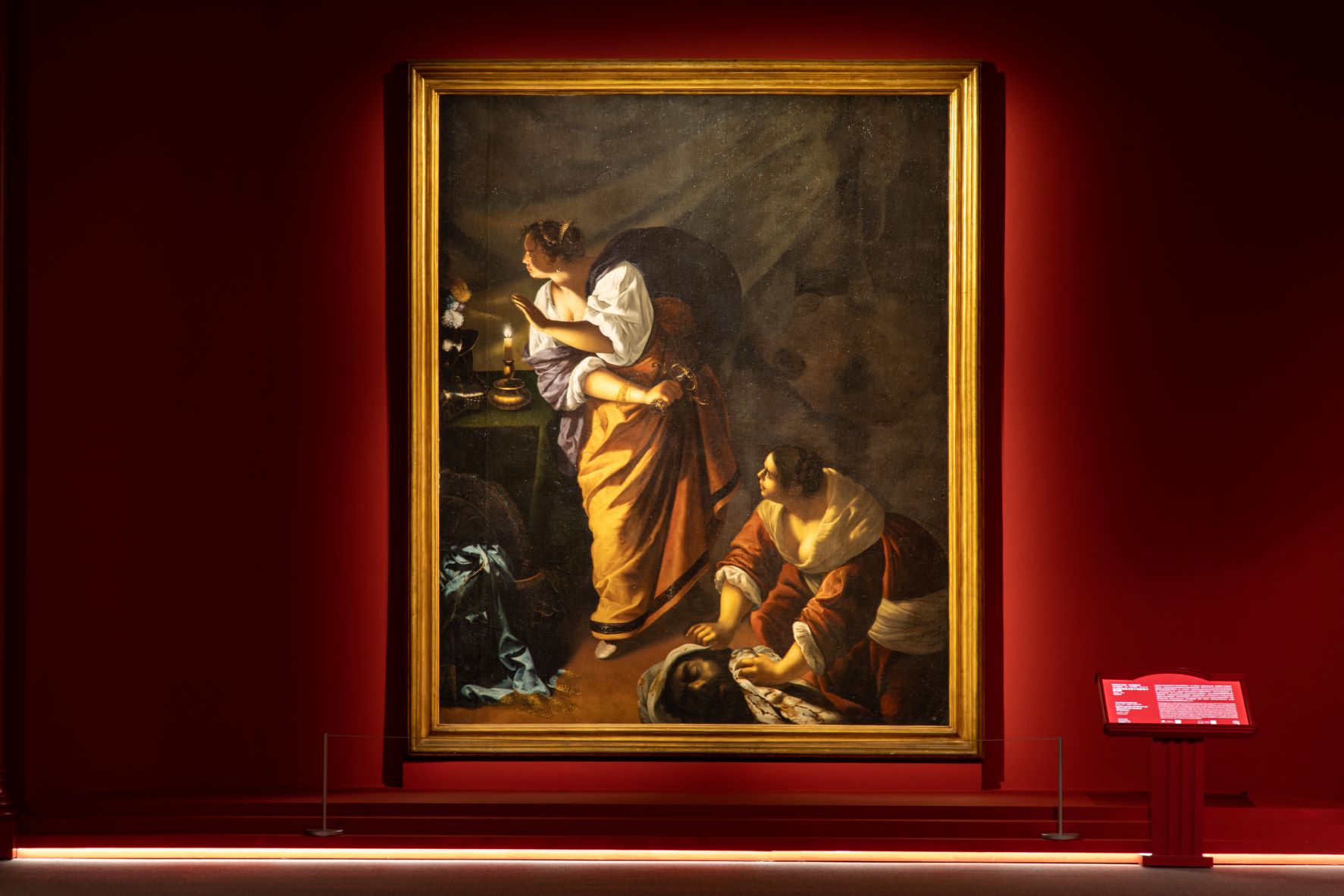

Storytelling through art and music
Characterised by dramatic contrast, exaggerated movement and clear detail, the Baroque was an artistic period with its own unique style that flourished in Europe in the 17th century. According to Professor Poon, the Baroque period saw the development of new approaches to music composition and the creation of new musical forms, such as opera, concerto and oratorio.
These changes in musical aesthetics mirrored the development of Baroque paintings. “At the time, the new approaches of composing music included creating contrasts between loud and soft as well as differences in tempo and pitch. These changes were echoed in how theatrical visual effects and a sense of motion were produced through chiaroscuro – the treatment of light and shade – in Baroque paintings,” says Professor Poon. “Contrast was employed both in art and music as a storytelling technique.”
Besides pairing the Baroque paintings with music by contemporary composers, Professor Poon has also curated a playlist with a variety of pieces of Baroque music to enrich people’s knowledge of the art form. These songs and pieces not only capture the artistic zeitgeist of the era, but they also take visitors on an immersive journey.
An experiential journey involving art, music and technology
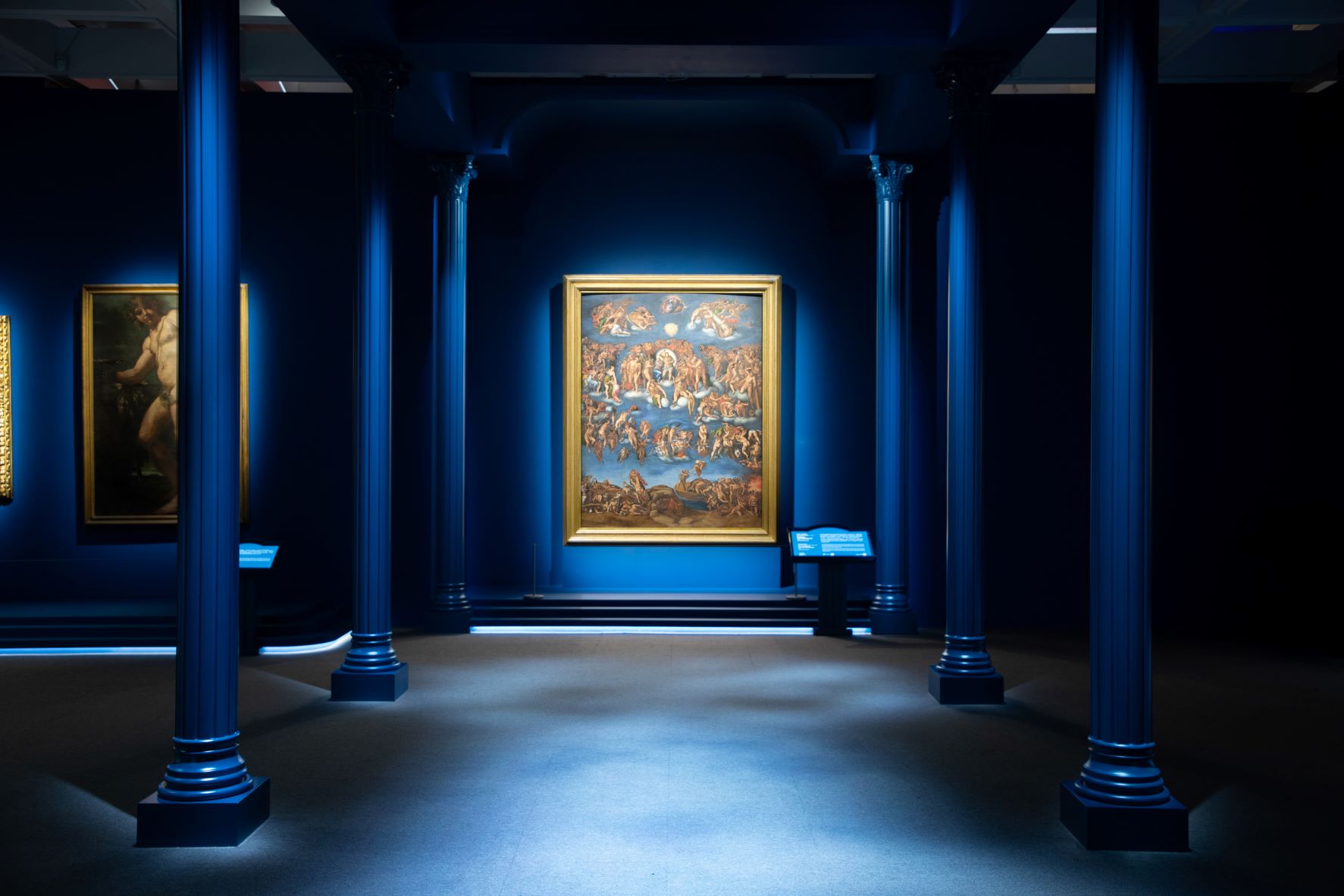

For Marcello Venusti’s The Last Judgment, a copy of Michelangelo’s fresco in the Sistine Chapel, Professor Poon has selected the motet Domine, quando veneris, which was composed by Giovanni Pierluigi da Palestrina, a leading Italian composer from the late 16th century who has had a long-lasting influence on the development of church music. “The painting depicts the final judgment by God of all humanity, and Palestrina’s motet serves as a soundtrack which represents the souls pleading for God’s mercy. In this gallery, the music, the painting and the setting create a space for the viewers to reflect on life, death and the afterlife,” adds Professor Poon.
Palestrina’s motet was written for four voices. In Professor Poon’s version, the soprano and alto parts were performed by female vocalists while the tenor and bass parts were generated by artificial intelligence (AI). “To match the theme and the rich details of this painting, our team developed machine learning algorithms to generate models of singing voices in addition to the human vocals. By merging Baroque music with modern technology, our innovative performance of the motet symbolises a dialogue between humans and celestial beings,” he says.
Professor Poon also notes that some of the paintings use exaggerated motions to produce drama and grandeur. For example, in Perseus and Medusa, the painter Luca Giordano utilised loose brushwork and diffuse light to create a sense of movement in his subjects. Professor Poon has therefore chosen Sinfonia in D Minor composed by Alessandro Stradella, which comprises improvisatory movements between the violin and cello that resemble the dramatic representation of the scenes from classical mythology.
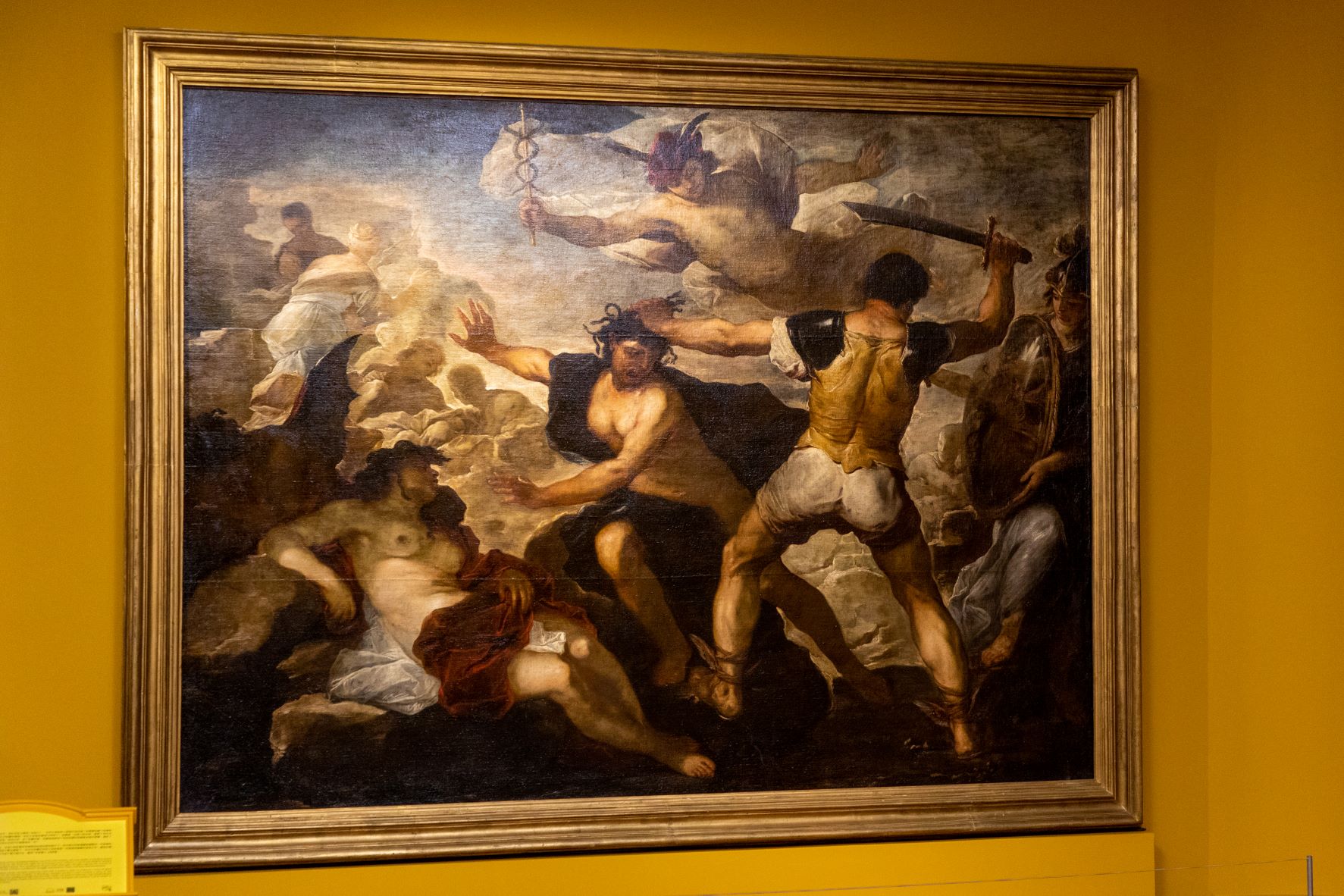

Immersive soundscapes encapsulate the Baroque spirit
Still life art in the Baroque period celebrates the beauty of everyday objects and the indulgence of the senses. Building upon this idea, Professor Poon and his team have designed an immersive soundscape using some of the latest audio and AI technologies, and they have created a sensory experience that sparks the visitors’ imagination.
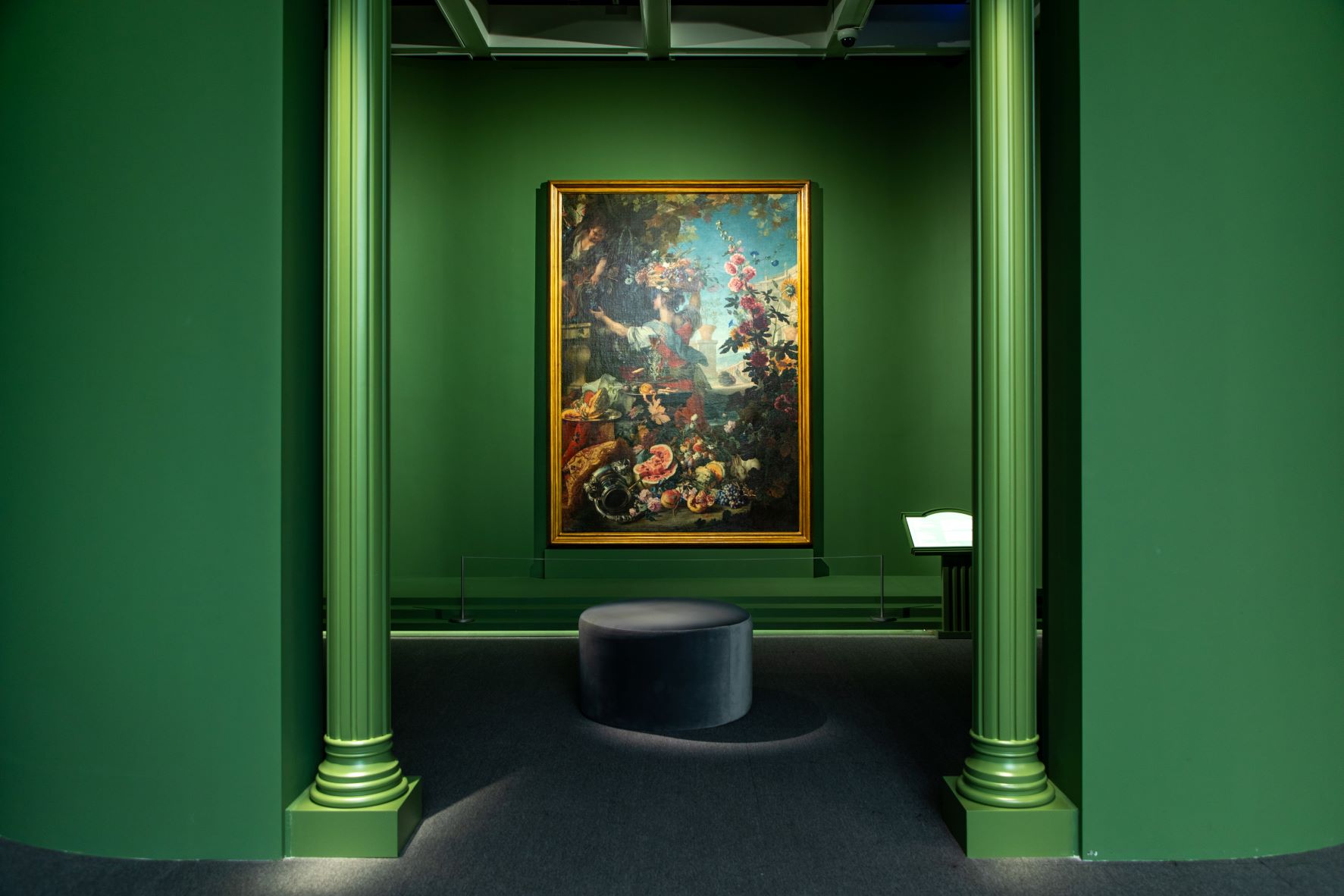

Using an array of rich and vibrant colours, the work Flowers and Fruit with a Woman Picking Grapes by Christian Berentz and Carlo Maratta portrays an elegant showcase of fresh flowers, ripe fruit and animals in a lush garden. Inspired by the painting’s extravagant setting, Professor Poon led his team to add an additional layer to the narrative by blending Baroque music with the sounds drawn from nature, including birdsong and the gentle sound of the wind.
To put a contemporary twist on the timeless interpretation of still life, the team incorporated AI-generated vocals and modern instrumental music into the soundtrack. “The soundscape we have developed creates a resonance chamber which gives visitors a dreamlike experience. When they enter this acoustic space, they can immerse themselves in an imagined world of nature,” says Professor Poon.
He hopes that visitors will come away from the exhibition with a positive impression of the magnificent world of Baroque art. The audiovisual elements created by the HKBU team and the curatorial team at HKMoA also encourage people to enjoy, appreciate and understand art in a different way. “Both art and music have the power to engage people by evoking their emotions and personal experiences. Together, they mean different things for each viewer due to the interactions that transcend time and space,” he says.
“The Hong Kong Jockey Club Series: The Road to the Baroque – Masterpieces from the Capodimonte Museum” is being held until 2 November. To find out more, visit the exhibition website.
